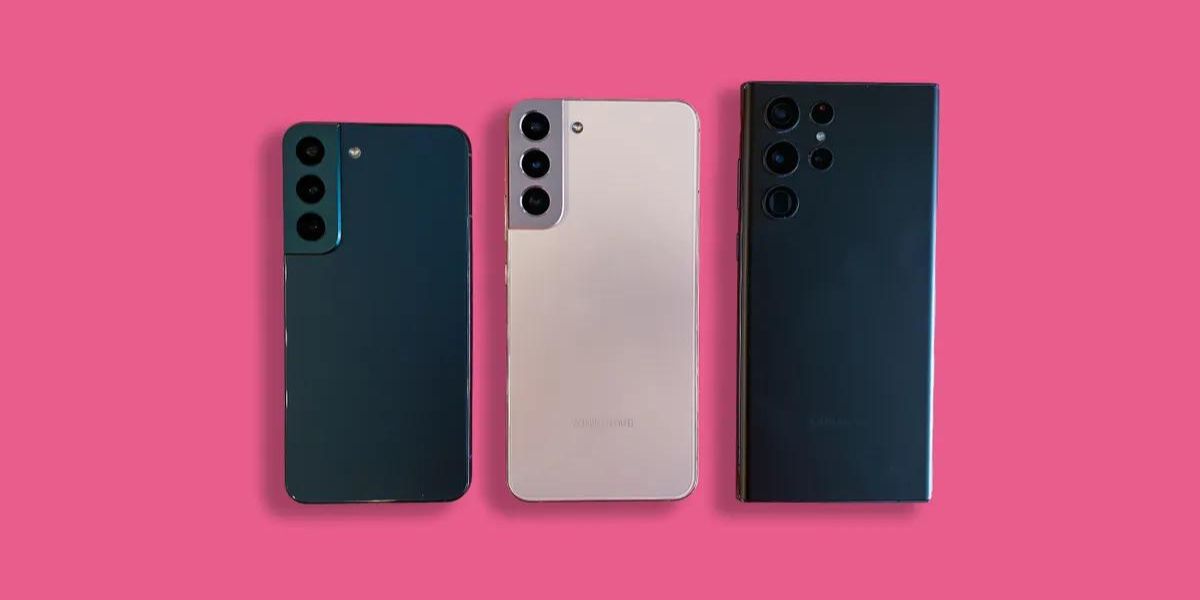Samsung Rolls Out the 200-Megapixel Image Sensor for Optimal High Resolution Experience in Flagship Smartphones
January 17, 2023 By Awanish Kumar

(Image Credit Google)
The ISOCELL HP2, a new 200-megapixel (MP) picture sensor from Samsung Electronics, features enhanced pixel technology and full-well capacity for breathtaking mobile photographs in tomorrow's high-end smartphones.
“The Samsung ISOCELL HP2 harnesses Samsung’s high-resolution image sensor technologies and know-how at the cutting edge for epic details,” said JoonSeo Yim, Executive Vice President of Sensor Business Team at Samsung Electronics. “Our leadership comes from innovative pixel technologies that allow our sensors to go beyond the number and size of pixels. We will continue to open new horizons and solidify our presence in the expanding ultra-high-resolution sensor market.”
The 1/1.3" optical format of the ISOCELL HP2 contains 200 million 0.6-micrometer (m) pixels, a sensor size that is frequently found in 108 MP main smartphone cameras. Customers can now take use of even better resolutions in the most recent high-end smartphones without having to purchase larger camera bumps for their devices.
With Samsung's cutting-edge Tetra2pixel pixel-binning technology, the HP2 gives the camera more adaptability by simulating various pixel sizes to account for various lighting conditions. When under low-light conditions, the sensor changes into a 1.2 m 50 MP or 2.4 m 12.5 MP image sensor by tying four to sixteen nearby pixels together. The HP2 changes to 1.2 m 50MP mode for fuller 8K footage, roughly at 33MP, to reduce cropping and capture more of the scene. A broad field of vision and larger pixel size when shooting in 8K at 30 frames per second (fps) can result in clear cinematic films.
With the HP2, Samsung's unique Dual Vertical Transfer Gate (D-VTG) technology greatly reduces washed-out images from strongly light surroundings. A voltage transfer gate is positioned at the bottom of each photo diode to move electrons from the pixels to the logic layer. By precisely adding a second transfer gate, D-VTG increases the pixel's full-well capacity by more than 33%. This technique, especially in intense light settings, can decrease overexposure and improve color reproduction because it stores more electrons and transmits signals efficiently.
The HP2's auto-focusing is improved in low-light conditions by Super QPD, which enables the sensor to utilize all 200 million of its pixels as focusing agents. The sufficient number of focusing agents are grouped by four neighboring pixels to notice changes in pattern in both the horizontal and vertical directions, resulting in faster and more precise auto-focusing. The new sensor is capable of quick auto-focusing, even in a dimly light environment, because to the rich pattern data and the enormous number of reference points.
By Awanish Kumar
I keep abreast of the latest technological developments to bring you unfiltered information about gadgets.







